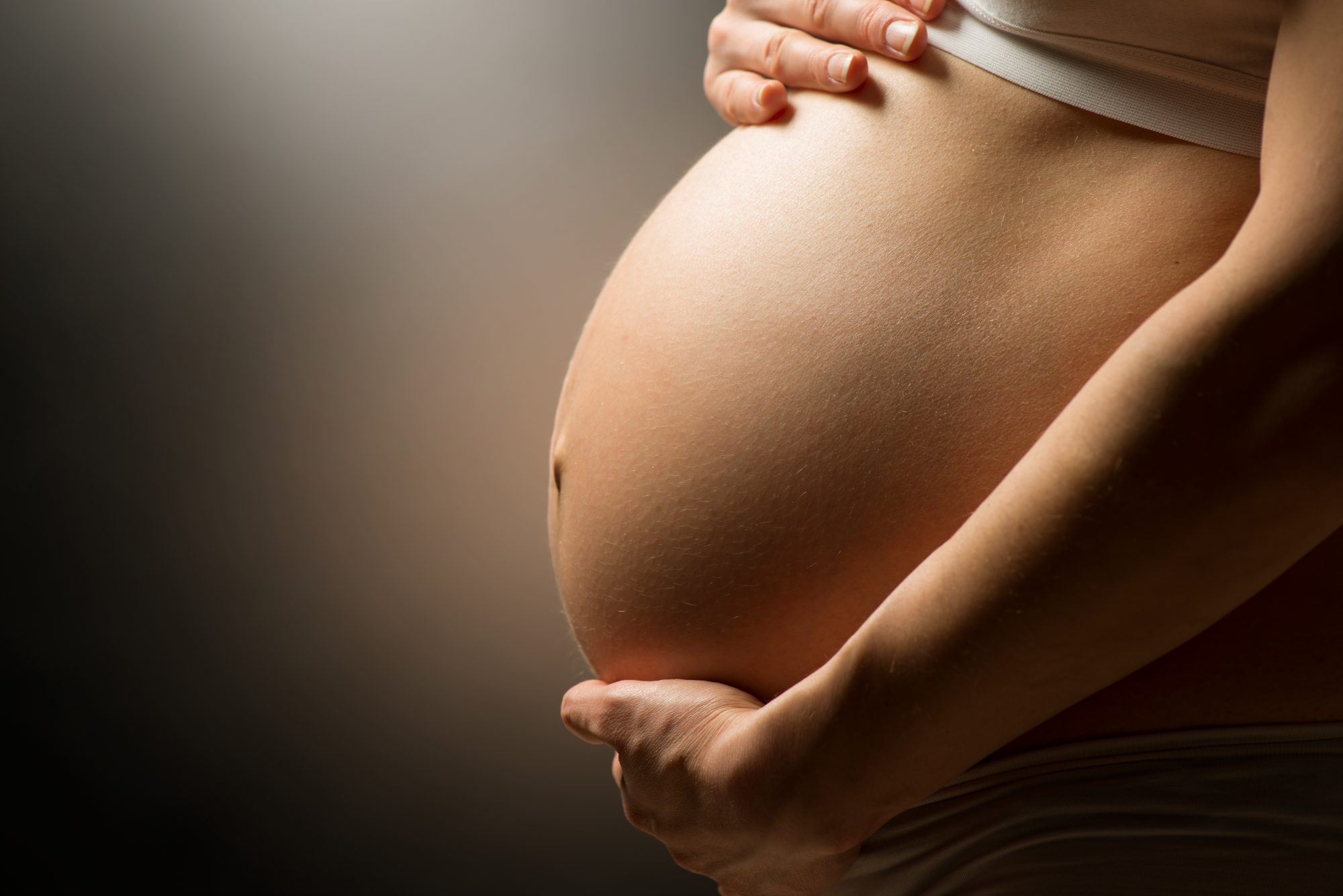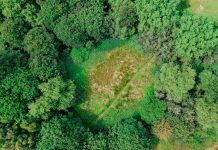Determining the average age of conception throughout human history to discover more about humans, then and in the future
The length of a specific generation can inform in so many ways about the biology and social organization of humans.
For this very reason, a team of researchers at Indiana University have investigated the average age of conception throughout human evolutionary history. They have determined this information using a new method they developed using DNA mutations.
Not only can the average age of conception help us understand the environmental challenges experienced by our ancestors, but it may also help us predict the effects of future environmental change on human societies.
Mutations in DNA allow scientists to predict the average age of conception
“Through our research on modern humans, we noticed that we could predict the age at which people had children from the types of DNA mutations they left to their children,” said study co-author Matthew Hahn.
“We then applied this model to our human ancestors to determine what age our ancestors procreated.”
The average of conception in the last 250,000 years is 26.9
According to the study, the average age that humans had children throughout the past 250,000 years is 26.9.
Fathers were consistently older, at 30.7 years on average, whereas mothers were 23.2 years on average.
However, this age gap has shrunk in the past 5,000 years. The study now places its most recent estimate of maternal age averaging at 26.4 years. This is largely due to mothers now having children when they are older.
Other than the recent spike in maternal age at childbirth, the researchers found that parental age has actually not increased much from the past.
In fact, they believe that it may have dipped around 10,000 years ago because population growth coincided with the rise of civilization.
“These mutations from the past accumulate with every generation and exist in humans today,” Wang said. “We can now identify these mutations, see how they differ between male and female parents, and how they change as a function of parental age.”
Children’s inherited DNA contains 25 to 75 new mutations
Children’s DNA inherited from their parents contains roughly 25 to 75 new mutations, which allows scientists to compare the parents and children and then classify the kind of mutation that occurred. When looking at mutations in thousands of children, IU researchers identified a pattern: The types of mutations that children is dependent upon the ages of the mother and the father.
Previous genetic approaches to determining historical generation times relied on the compounding effects of either recombination or mutation of modern human DNA sequence divergence from ancient samples. But the results averaged across both males and females and the past 40,000 to 45,000 years.
Hahn, Wang and their co-authors built a model that uses de novo mutations — a genetic alteration that is present for the first time in one family member as a result of a variant or mutation in a germ cell of one of the parents or that arises in the fertilized egg during early embryogenesis — to separately estimate the male and female generation times at many different points throughout the past 250,000 years.
Although the researchers did not originally set out to understand the relationship between gender and age at conception over time – they were conducting a broader investigation about the number of mutations passed from parents to children – they did notice some age-based mutation patterns. They only discovered these patterns while seeking to understand the differences and similarities between these patterns in humans versus other mammals, such as cats, bears and macaques.
‘The story of human history is pieced together from a diverse set of sources’
“The story of human history is pieced together from a diverse set of sources: written records, archaeological findings, fossils, etc.,” Wang explains.
“Our genomes, the DNA found in every one of our cells, offer a kind of manuscript of human evolutionary history. The findings from our genetic analysis confirm some things we knew from other sources (such as the recent rise in parental age), but also offer a richer understanding of the demography of ancient humans. These findings contribute to a better understanding of our shared history.”











